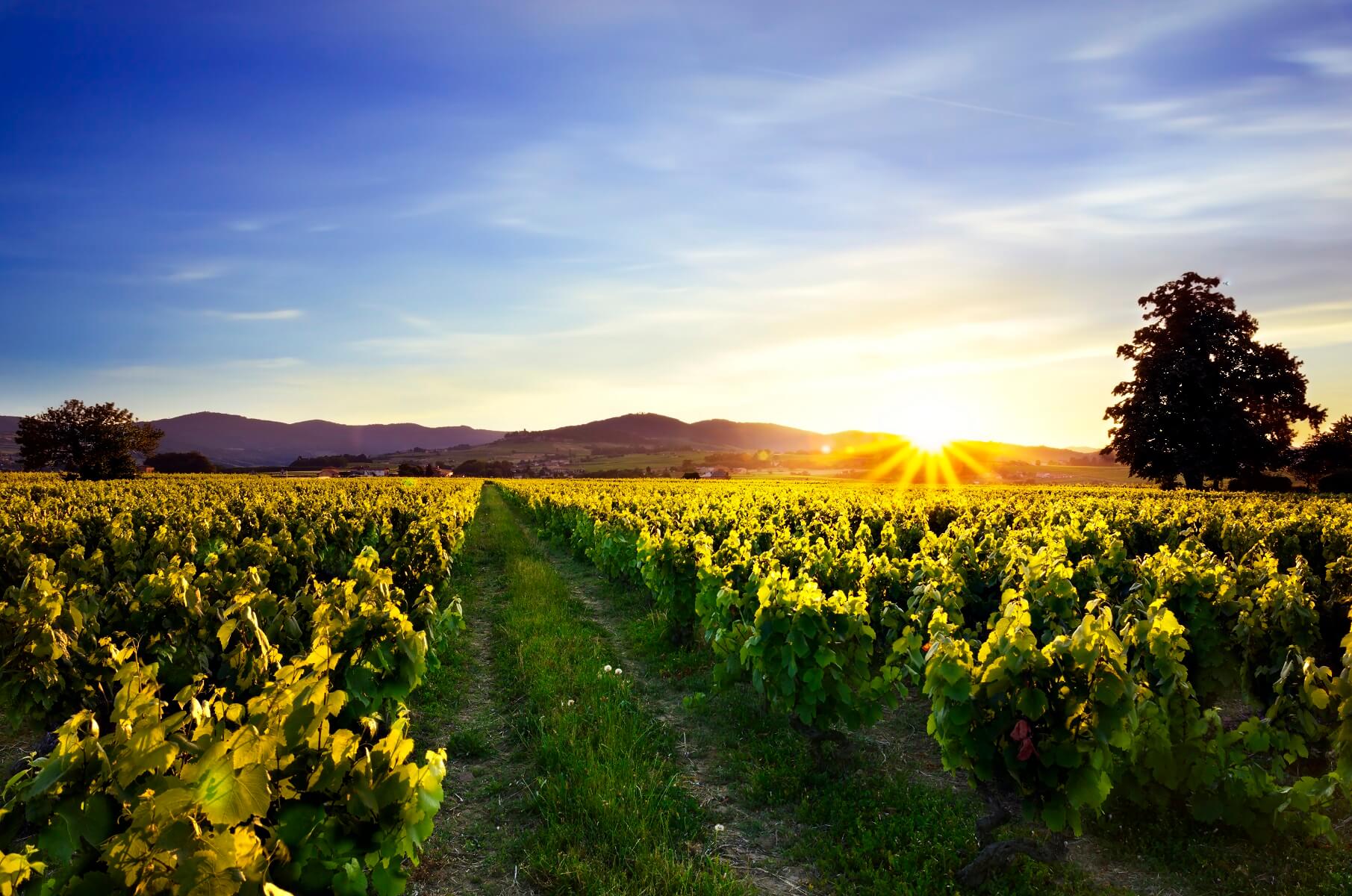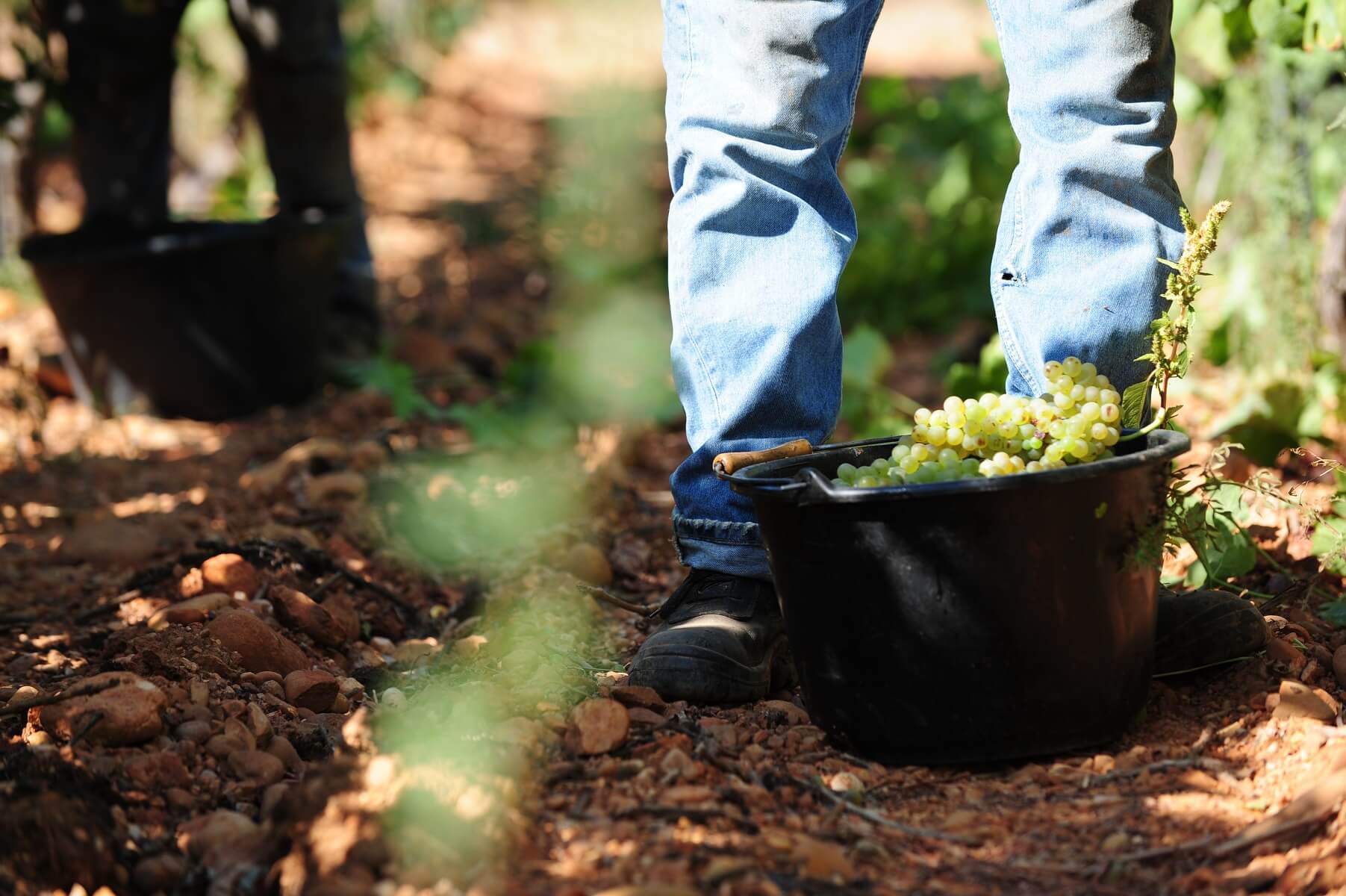What is Terroir? And should we care?

If there has been one word which has been bandied about over recent years more than any other in regards to viticulture and wine production, it must be terroir.
This old French term can be found on the vast majority of wine labels, from South Africa to the Galilee Hills, and features heavily on every single tiresome and overwritten Our Story / Mission / Journey / Vision etc etc section on winery websites the world over.
But what does it actually mean? And does it really make a difference to the way wines taste?
Read on to find out more...
Sensing Place
The word terroir is one of those French terms that struggles to be shoehorned into English, but if we’re going to make a try of it, it more or less translates as ‘sense of place’.
In the wine world, it refers to both the literal place and features of the plot of land the vines are grown in, and also the subtleties of flavour and aroma which represent that place. If you pick up a bottle from the Yarra Valley, and it claims to ‘exhibit terroir beautifully’, this is the winemaker or reviewer claiming that the tasting notes of the wine are representative of the region.

At face value, this can seem - like so many things when it comes to wine - a bit of a stretch, but for people who take their wine seriously, terroir is as real and as important as any other aspect of a wine.
If we stop and think about it for a moment, it does start to make some sense. Think about other food and drink items - do all tomatoes or other fruits and vegetables taste the same, or do those with better soil and sunlight end up being more delicious? Which do you prefer - farmed fish which have been kept in overcrowded pools, or those which have reached maturity in the ocean?
Both of these would be good examples of how terroir works as a concept, as they both involve growing conditions, environmental factors, and how these things affect the taste of the end product. With grapes, it’s exactly the same.
Origins of Terroir
On the one hand, the idea behind terroir is a natural one, and depends on how and where grapevines are grown and the natural environment which surround them.
On the other, we owe our understanding and appreciation of terroir to French winemakers, who for generations attempted to understand the subtle, slight and fascinating differences that arose in wines made in different parts of the country.
Reams of papers and books were written over the centuries, exploring just why some vines for example, would produce rather different wines when grown on the other side of a river valley, and the general consensus was that soil was key. Hence the word terroir came from terre, the French word for earth.
As French winemaking principles travelled the world along with their prized vines, the concept of terroir became a global one, with winemakers in every country taking the time to seek out the most suitable soils for each grape varietal.
The science and understanding behind terroir has also grown considerably - nowadays, it takes into consideration all manner of factors about that ‘sense of place’, and includes climatic conditions, the consistency and makeup of the soil...even the elevation and drainage of the slope the vines grow on.
All of these things play their part in the resulting wine, and while most of us can’t pretend to be able to detect the differences these things result in, if we were to compare them directly with wines from other terroirs, we would be able to see just how big an impact such factors can make.
Just consider for one moment a Chardonnay from California, one from Western Australia and one from the Loire Valley - all the same species, but the radical difference you taste in each wine is as much down to the terroir as it is to the winemaking methods used.
Extra Influences
Of course, we cannot overlook the importance of the vintner in all of this, and the decisions he or she makes when producing the wines.
Over the past decade or so, winemakers have become increasingly preoccupied with ‘expression of terroir’ - that is, they want the world to know just how good their land is, and so want to keep that ‘sense of place’ as intact as possible in the bottle.
This explains, to a certain extent, the meteoric rise in organic, biodynamic and natural winemaking; if you ask any organic winemaker why they decided to adopt these methods in their winery, the idea that by removing chemical intervention, their wines would be more capable of expressing terroir would most likely be pretty near the top of the list.
That doesn’t mean that conventionally produced wines are incapable of expressing terroir, though - it just means that chemicals, pesticides and the fining processes they go through also have their influences on the finished product.
Recognising Terroir
So far, so confusing? The truth is, when most of us listen to wine experts droning on about the finer points of terroir, we have a tendency to switch off… after all, wine is for drinking and enjoying first, and pondering on the science of much later.
However, we don’t need to approach it in this way - you can absolutely get a lot of pleasure and enjoyment by trying to spot the features and subtleties of terroir in your own home, and it’s a hell of a lot easier than you might expect.
Here are some top tips to get you started next time you fancy a bottle.
Consider the production region: Have think about where the wine was made, and where the grapes were grown. Are the vines from a rocky Italian hillside? A wet and rainy French field? A sun-soaked valley in California? Keeping this sort of information in mind will set you up for the tasting, and will either confirm or shatter your expectations.
Take the time to consider flavour profiles: What hits your palate when you taste the wine? Which flavours and aromas can you associate with that ‘sense of place’? Are there strong mineral notes? Is it chalky, or smokey, or earthy? Some wines have aromas of rotting leaves and forest floors… all of these things could give a clue to the terroir the grapes grew on.
Strong minerality, for example, is indicative of volcanic soil - something winemakers are usually very keen to get across in their produce.
Get together: If you really want to get your tastebuds singing and your brain working hard, get together with your mates and bounce your ideas off each other. Tasting wines with your friends is great fun, and if you establish your tasting as one which will be exploring terroir, you can explore each others’ opinions and will no doubt come to some fascinating conclusions.
So, even though terroir can seem confusing at first, at its heart it is simple, based on common sense, and really quite beautiful. So, get tasting, get thinking, and explore these new ways of appreciating and enjoying your wines even more than ever.
Want our somm to pick the top 3 wines that would suit your personal taste? Give our wine palate quiz a go and we'll tell you what our wine recommendations for you are!